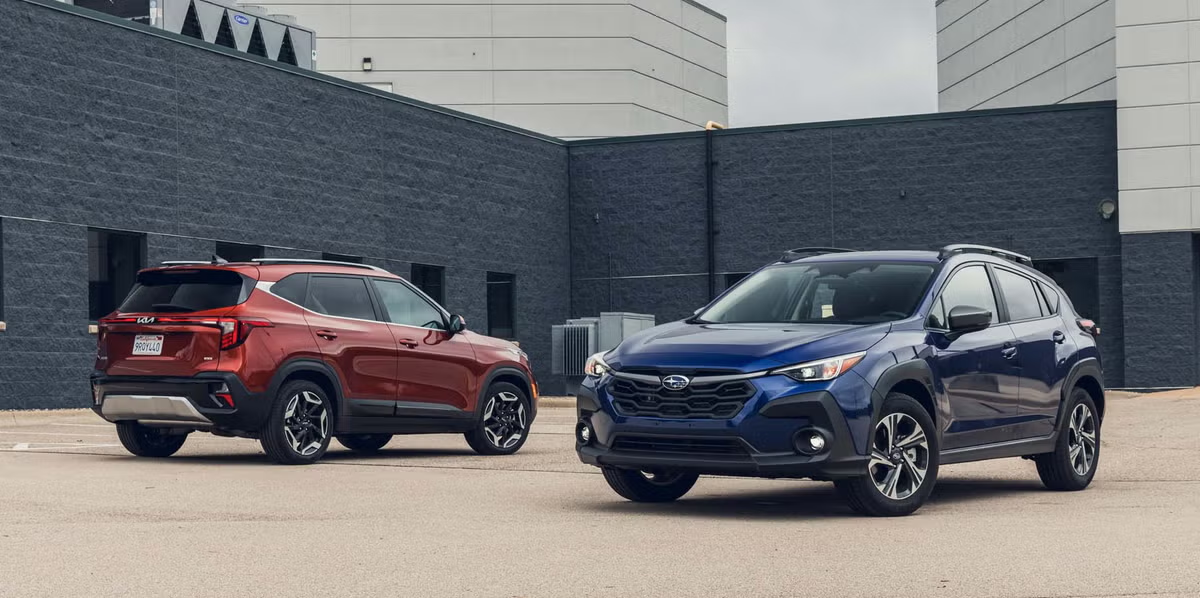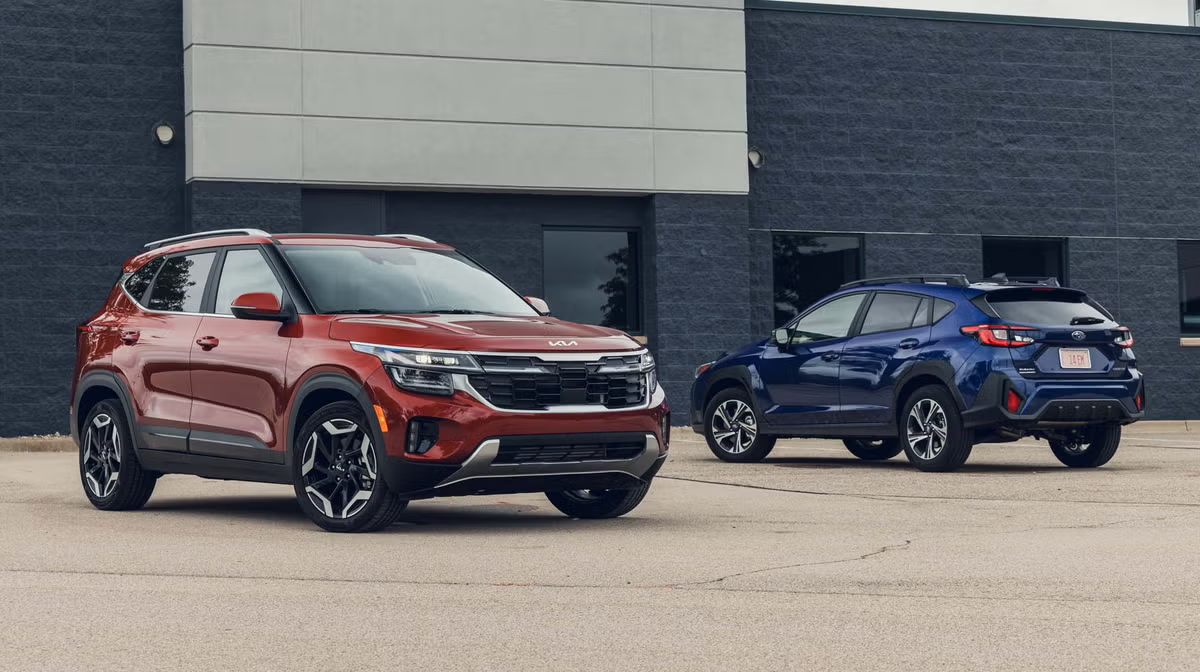Tesla Model Y vs. Hyundai Ioniq 5: A Battle of Electric Titans
Runs true back-to-back tests to highlight strengths and trade‑offs. Owns a well‑kept BMW E46 330i.
In the rapidly evolving automotive landscape, two electric vehicles have risen to prominence, each representing distinct facets of modern automotive engineering. The Tesla Model Y, once the best-selling vehicle worldwide, goes head-to-head with the Hyundai Ioniq 5, a car that has garnered significant accolades, including an Electric Vehicle of the Year award. This comparison test examines which of these vehicles truly excels in the electric vehicle market.
The Tesla Model Y has etched its name in history as a global bestseller, transcending its role as merely an electric vehicle to become the standard against which others are measured. In contrast, the Hyundai Ioniq 5 has positioned itself as a formidable competitor, known for its innovative design and user-friendly technology. The 2026 iteration of the Model Y, specifically the single-motor Premium RWD, and the 2025 Limited AWD version of the Ioniq 5, were chosen for this head-to-head evaluation. Despite differences in drivetrain configurations, both vehicles are comparable in many aspects, making this a compelling match-up.
Stylistically, the Model Y and Ioniq 5 offer contrasting aesthetics. Tesla's approach is minimalistic, with an emphasis on clean lines and a streamlined design philosophy. The 2026 updates include subtle exterior tweaks and significant upgrades to the cabin, featuring high-quality materials that enhance its premium feel. On the other hand, the Ioniq 5 embraces a bolder look with sharp lines and modern interior elements. Its user interface is intuitive, providing an environment that feels both fresh and accessible. While the Tesla relies heavily on its central screen for controls, the Hyundai balances digital and physical controls for ease of use.
In terms of driving dynamics, the two vehicles exhibit distinct personalities. The Model Y is engineered for sportiness, with precise steering and a suspension setup that favors agile handling. However, its reliance on screen controls can be overwhelming for some drivers. The Ioniq 5, while slightly less agile, offers a more comfortable ride with its plush suspension and user-friendly interface. Both vehicles deliver the brisk acceleration characteristic of electric cars, yet they do so with different stylistic approaches—Tesla with a focus on performance, Hyundai with an emphasis on driver comfort.
Range and charging capabilities are critical for electric vehicle users, and here the Model Y takes the lead with an impressive EPA-estimated range of 357 miles, compared to the Ioniq 5's 269 miles. This advantage is partly due to Tesla's more efficient energy consumption. However, the Ioniq 5 shines with its fast-charging prowess, thanks to its 800-volt architecture that enables rapid energy replenishment, making it a practical choice for frequent long-distance travelers.
Price is always a deciding factor in vehicle selection, and the Model Y's competitive pricing strategy significantly undercuts the Ioniq 5. However, recent price reductions by Hyundai have narrowed this gap considerably, enhancing the Ioniq 5's appeal. Both vehicles offer a suite of modern features, from advanced infotainment systems to comprehensive safety technologies, making them strong contenders in their segment.
Ultimately, choosing between the Tesla Model Y and the Hyundai Ioniq 5 depends largely on individual preferences. The Model Y appeals to those seeking range and a sporty driving experience, while the Ioniq 5 attracts drivers with its comfort, user-friendly technology, and fast-charging capabilities. With both vehicles offering unique strengths, the decision comes down to prioritizing what aspects of the EV experience matter most.
About Ethan Cole
Runs true back-to-back tests to highlight strengths and trade‑offs. Owns a well‑kept BMW E46 330i.



